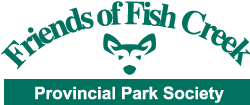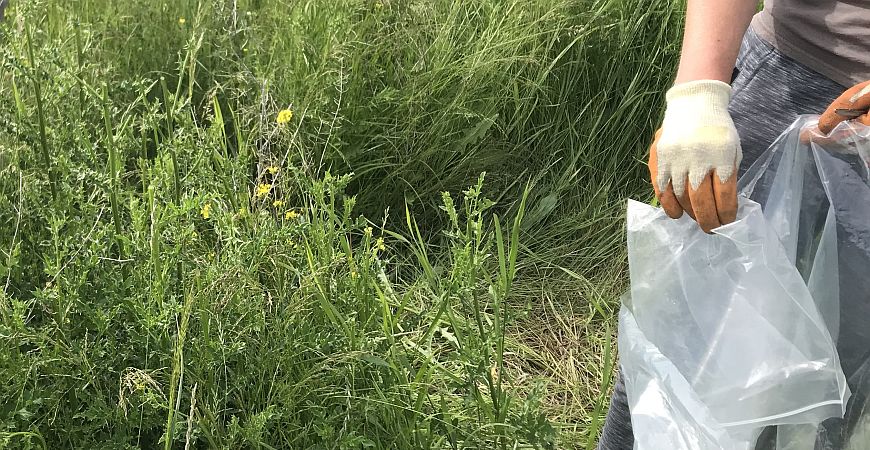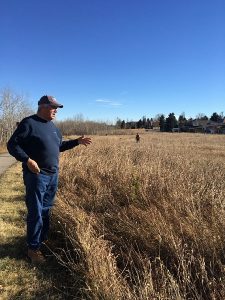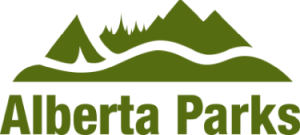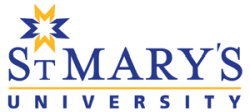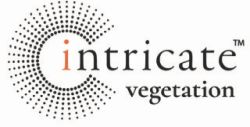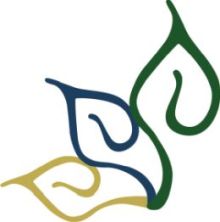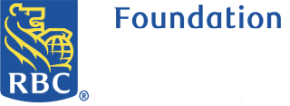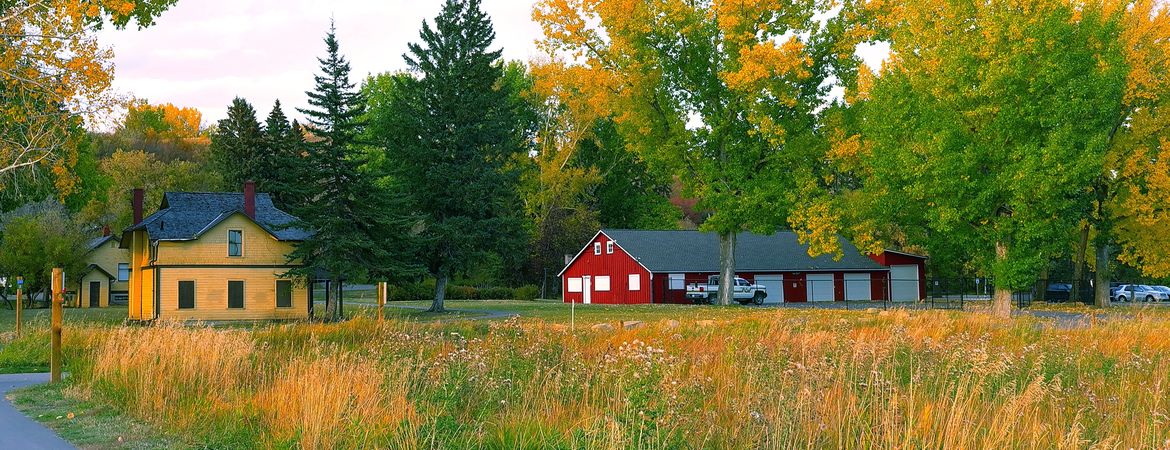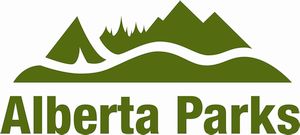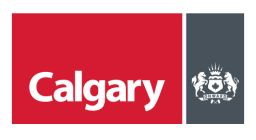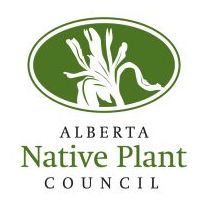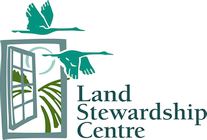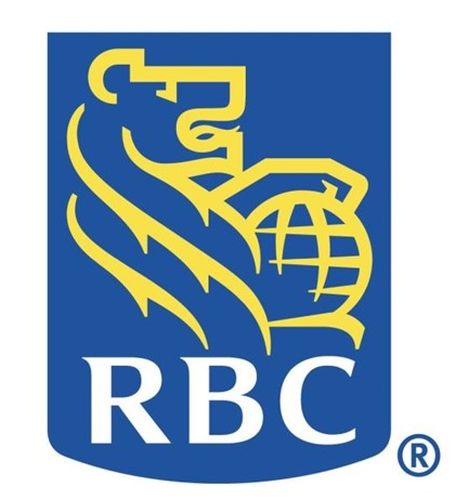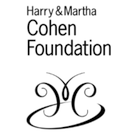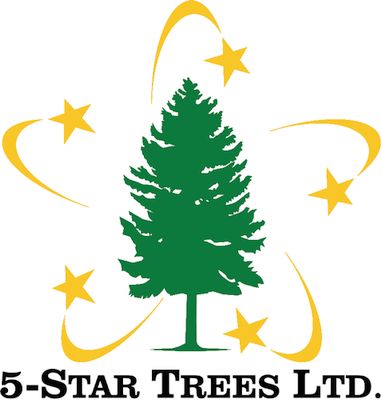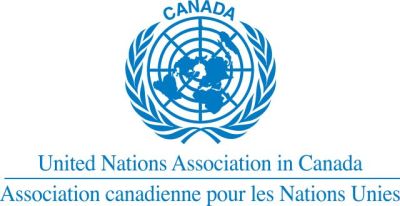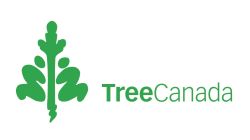The Friends of Fish Creek (the Friends) have worked in Fish Creek Provincial Park (FCPP) since 1992, under a Cooperating Agreement with Alberta Environment and Parks (AEP). Over the years, our programming has adapted to the needs of the park and surrounding communities; however, our long-term vision of a sustainable park for future generations to enjoy has been our constant focus. In the fall of 2020, the Friends entered into a new relationship with AEP, called the Enhanced Partnership with Societies Pilot Project (EPP), which allows us to build on work we have done in the past, while working together to make a greater impact on the park landscape and deepen our reach in the community.
One focus of the EPP is on ecology and conservation, allowing us to make a greater environmental impact in several areas, including that of invasive species management. Since 2011, the Friends have planned and executed various manual weed pull initiatives as part of our Weed Whackers program, however, the impact of this work as it relates to the presence, abundance and distribution of invasive species has been limited. The EPP will allow us to take what we’ve learned, build on existing partnerships and collaborate with new partners, to prioritize, plan and execute vegetation management pilot projects that will address various priority species and areas of concern.
Through partnerships with AEP, the City of Calgary, the Alberta Invasive Species Council (AISC), and the Alberta Riparian Habitat Management Society (also known as “Cows and Fish”) and Intricate Vegetation (part of Intricate Group), we have developed a short term vegetation management plan that will see several pilot projects completed between Jan, 2021 and December, 2022. Recommendations coming from the implementation of those projects will inform a larger, longer term vegetation management plan that we hope to scale up across the park in the future.
Here is a brief look at each of our pilot projects!
Sun Valley Drive Project
The community of Sundance is situated on the south east ridge of Fish Creek Provincial Park. The project area is a nearly flat “bench” overlooking the valley and Fish Creek, and is approximately 2.43 hectares (6 acres) in size. It is bounded by Sun Valley Drive on the south and native shrubs and aspen poplar forest to the north. Over the years, the area has become overrun with invasive weeds, including leafy spurge (Euphorbia esula), common tansy (Tanacetum vulgare) and yellow toad-flax (Linaria vulgaris). Not only are they abundant along the bench, but they are beginning to spread down the north-facing slope, into the aspen forest. Formerly farm land used to produce hay and for grazing, this area has become decadent with excess thatch and consequent low overall vegetation production. The dominant plant cover is smooth brome (Bromus inermis), quackgrass (Elymus repens) and trace amounts of crested wheatgrass (Agropyron cristatum).
In recent years, an active group of Sundance community members have voiced their concerns over the state of invasive species in this area, and have approached both AEP and the Friends in the hopes of working together to address the situation. The Sun Valley Drive Group (SVDG) is comprised of people who hold much knowledge and experience in rangeland health and land reclamation, and who are well connected in these sectors. They are a keen, energetic and well-resourced group, dedicated to working together to pilot vegetation management strategies to address the invasive species in this area.
Photo: A Sun Valley Drive Group member stands overlooking a grassland overtaken by agricultural and invasive species. October 2020 (Photo Credit: the Friends)
In consultation with our project partners, we have created a vegetation management plan for the 6 acre plot, which will be implemented in Spring/Summer 2021. Vegetation management strategies under consideration include mowing, biological control, manual pulling and possibly chemical treatment of invasive species; a combination of these approaches is likely, based on the different site characteristics throughout the plot. The area will be digitally mapped before and after these strategies are implemented, providing us with the necessary baseline data against which we can measure the impact of our work over time.
Project Impact
-
Individual: The Sun Valley Drive Group has been eager to start this project for several years, and have the professional experience and background to contribute significantly in the direction it will take. We know that volunteers experience personal fulfillment and a sense of accomplishment when empowered to collaborate, and hope this will be an outcome for each of the individuals involved.
-
Community: The Sundance community is directly impacted by the invasive species spreading along the bench and the north boundary of the park. Not only are the weeds unsightly and impact the park visitor experience, but invasive species will also spread onto their personal property. Abundant invasive species also negatively impact wildlife habitat by changing the availability of resources that animals need for their survival; this change in habitat means that residents also don’t have the same connection to local wildlife that makes their community a special place to live. Managing the invasive species and creating a communications plan related to this project will help to engage and create awareness in the community about the issues at hand.
-
Environmental: This project will have a direct positive impact on the 6 acre plot, through the reduction of weed abundance and distribution over time.
Spotted Knapweed (Centaurea stoebe. spp micranthos) in Lafarge Meadows
Spotted knapweed is classified as a prohibited noxious weed under the Alberta Weed Control Act. A significant patch of this invasive species has established in the Lafarge Meadows area of Fish Creek Provincial Park. In recent years, the Friends have worked to trial manual weed pulls in this area, however, these efforts have not been successful. There is a great risk that this invasive species will continue to spread in Fish Creek Provincial Park, and its prohibited noxious status requires that it is fully eradicated from the area.
The Friends have worked with our partner organizations to develop a management plan for this site, and engage our volunteers to map it using our ArcGIS platform. The data collected will determine the current size and density/distribution of spotted knapweed and guide our decision making for potential treatments. Invasive species management treatments under consideration are: goat grazing, manual pulling and mowing/repeated cultivation. Chemical use may not be an option at this site, since the spotted knapweed is spread fairly continuously through a patch of aspen trees, which would be at risk if chemicals are used.
Photo: Spotted knapweed (Photo Credit: the Friends)
Project Impact
-
Individual: Friends’ volunteers, who have long battled this population of spotted knapweed manually, will be involved in a larger scale project that will be more successful, helping them to feel that their efforts are making a true, measurable difference in the park.
-
Community: Lafarge Meadows is a frequently used and highly visible area, and the presence of a prohibited noxious weed can be an eyesore to visitors, as well as a source of seed spread further into the community, which is concerning to the park and it’s neighbours.
-
Environmental: This project will prevent further spread of spotted knapweed in Fish Creek Provincial Park, using methods that are best suited for sensitive environments.
To find out how you can be involved as a volunteer for the Weed Whacker program in Lafarge Meadows, or in other stewardship projects, please visit our volunteer webpage.
Thesium (Thesium ramosum) Mapping
 Thesium ramosum is a parasitic invasive plant species that has been found rarely in North America, but observed in Fish Creek Provincial Park as early as 2010. Little is known about how it arrived here, the impact on the park since it arrived, and what the long-term implications of its presence will be on the park’s ecosystems.
Thesium ramosum is a parasitic invasive plant species that has been found rarely in North America, but observed in Fish Creek Provincial Park as early as 2010. Little is known about how it arrived here, the impact on the park since it arrived, and what the long-term implications of its presence will be on the park’s ecosystems.
For the past several years, St. Mary’s University (SMU) professor, Dr. Mary Ann McLean, has been working with her environmental science and conservation students to learn more about this species. They have studied its relationship to ant colonies in FCPP , and in 2019, determined through a multi-year research project that manual pulling is as effective as chemical spraying (or a combination of both) as a weed reduction strategy.
Photo: Thesium along the banks of Fish Creek (Photo Credit: the Friends)
The City of Calgary has also engaged in thesium management on a small scale in the past two years, and our partnership discussions have resulting in plans for sharing of data and the development of best practices for management and removal across organizations.
We will work with volunteers and project partners to implement a mapping/monitoring program for the distribution of thesium in FCPP. Previous records of thesium in our existing ArcGIS database and coordinate points collected by SMU professors Ian MacDonald and Dr. McLean will be used as references and a starting point for our efforts.
Project Impact
-
Individual: SMU professors Dr. McLean and Ian MacDonald, along with SMU students, have been on the forefront of the race to learn more about this invasive species that is uniquely present in Fish Creek Provincial Park. Using our digital app, this project will allow us to build on research completed by SMU, and increase our overall awareness and understanding of this invasive species and its distribution in the park.
-
Community: Community awareness of this invasive species will be integral to preventing the further spread of thesium outside Fish Creek boundaries, and engaging the community in opportunities to take park in manual weed pulls to help manage it.
-
Environmental: This partnership provides us with the opportunity to work together to better understand this invasive plant, how best to deal with it, and ensure that our efforts are consistent across the City of Calgary.
To find out how you can be involved as a volunteer for the Thesium Mapping program, or other stewardship projects, please visit our volunteer webpage.
ATCO Heritage Grassland: Scaling up
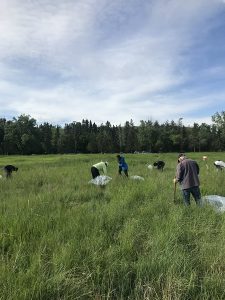 The ATCO Heritage Grassland was seeded in 2015 with a native grassland seed mix, and has been subsequently hand weeded by Friends’ volunteers each year. Other activities including harvesting poplars, mowing the perimeter, adding a peat treatment to improve soil pH, and re-seeding have occurred in our effort to enhance the competitive ability of native grasses in the plot. Mapping data collected from vegetation in May, June and July 2020 revealed Canadian thistle (Circium arvense), white cockle (Silene latifolia spp. alba) and yellow toad-flax (Linaria vulgaris) to be of priority concern; in fact, these weeds have continued to proliferate, in spite of our best efforts to control them. To get the upper hand, we are considering new invasive species management treatments, including chemical spraying and mowing/repeated cultivation (in addition to continued manual pulling). Pre and post-season mapping data is expected to reveal a decrease in the size and/or density/distribution of target species.
The ATCO Heritage Grassland was seeded in 2015 with a native grassland seed mix, and has been subsequently hand weeded by Friends’ volunteers each year. Other activities including harvesting poplars, mowing the perimeter, adding a peat treatment to improve soil pH, and re-seeding have occurred in our effort to enhance the competitive ability of native grasses in the plot. Mapping data collected from vegetation in May, June and July 2020 revealed Canadian thistle (Circium arvense), white cockle (Silene latifolia spp. alba) and yellow toad-flax (Linaria vulgaris) to be of priority concern; in fact, these weeds have continued to proliferate, in spite of our best efforts to control them. To get the upper hand, we are considering new invasive species management treatments, including chemical spraying and mowing/repeated cultivation (in addition to continued manual pulling). Pre and post-season mapping data is expected to reveal a decrease in the size and/or density/distribution of target species.
Photo: Friends volunteers working hard in the ATCO Heritage Grassland (Photo Credit: the Friends)
Project Impact
-
Individual: Having spatial data to display the product of volunteer labor will inspire those involved in this project, and the inclusion of new management strategies will be of great support to their manual efforts.
-
Community: The ATCO Heritage Grassland is located in the heart of the hustle and bustle around the Bow Valley Ranch; the high visibility of this project makes it an excellent opportunity for public outreach and education.
-
Environmental: The ATCO Heritage Grassland is an invaluable example of a natural grassland ecosystem. The results of this pilot project will help us to scale up our invasive species management in other grassland areas throughout the park in a way that is grounded in robust data and best practices developed in collaboration with experts.
To find out how you can be involved as a Weed Whacker in the ATCO Heritage Grassland, or in other stewardship projects, please visit our volunteer webpage.
Weed Watchers Program
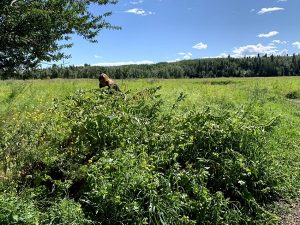 Since 2011, the Friends have worked closely with AEP to deliver our Weed Whackers Program, dealing with small patches of invasive plant species that are possible to control through manual weed pulls. While this program has been fairly successful in preventing the spread of some invasive species patches, it is limited in scope for a variety of reasons:
Since 2011, the Friends have worked closely with AEP to deliver our Weed Whackers Program, dealing with small patches of invasive plant species that are possible to control through manual weed pulls. While this program has been fairly successful in preventing the spread of some invasive species patches, it is limited in scope for a variety of reasons:
-
Each Weed Whacker location needs to be returned to on an annual basis, so there are only so many locations we can visit in a year;
-
Each session needs to be led by a Friends; staff, so an average of 10 sessions is only possible each season;
-
Since our staff are busy with the planning and execution of many other programs and events, our ability to coordinate additional weed pulls in response to new outbreaks/observations is extremely limited.
Photo: Friends’ volunteer hard at work battling invasive plants (Photo Credit: the Friends)
In order to make a more measurable impact on the landscape and implement the important “Early Detection, Rapid Response” (EDRR) process of managing invasive species, we have developed the new Weed Watchers program, which is a highly flexible approach that will address the shortcomings listed above, allow us to build on our past experience, train volunteers at a higher level of weed identification and make a greater impact across the park landscape.
With support from our project partners, we will collaboratively develop a high level of invasive species identification training for volunteers, who will use our ArcGIS platform to submit weed observations and locations for review by our Citizen Science Coordinator and lead volunteers. Upon confirmation, trained Weed Watcher teams will be dispatched to the site for manual removal and disposal of the weeds. Teams will be equipped with first aid kits, hand tools, weed bags and approved native seeds for reseeding areas disturbed by manual removal. We feel this new direction will improve on our past invasive species efforts, which will greatly expand our capacity to address invasive species outbreaks across the park landscape, and respond quickly to those observations. Our new ability to map these observations also means we can efficiently dispatch volunteers each season to revisit sites for monitoring purposes, and further weed removal if required.
Target/priority invasive species have been determined through the following resources:
-
Partner consultation;
-
Recommendations given in AEP Vegetation Management Report (2018)
-
2020 Friends’ invasive species mapping data;
-
AISC and AEP lists of prohibited and noxious invasive species;
-
Riparian mapping data provided by Cows and Fish, and additional resources from the City of Calgary;
-
and from previous sites visited by the Friends volunteers.
These targets will include (but are not limited to):
- Baby’s breath (Gypsophila paniculata)
- Black henbane (Hyocyamus niger)
- Common barberry (Berberis vulgaris)
- Common St. John’s wort (Hypericum perfortum)
- Diffuse knapweed (Centaurea diffusa)
- Himalayan balsam (Impatiens glandulifera)
- Hound’s-tongue (Cynoglossum officinale)
- Nodding thistle (Carduus nutans)
- Orange hawkweed (Hieracium aurantiacum)
- Purple loosestrife (Lythrum salicaria)
- White cockle (Silene latifolia spp. alba)
Project Impact
-
Individual: Volunteers will be empowered to independently tackle invasive species in their own corner of the park, and are not limited to the helping out in Friends’ supervised Weed Whacker public outings.
-
Community: This new program represents an expansion of our previous invasive species work, allowing us to have a much wider reach in the Fish Creek community and to coordinate our efforts with partner organizations as we pursue a standardization of mapping and monitoring strategies.
-
Environmental: With more volunteers in the field and the independence that this role provides, we will greatly increase our capacity to tackle invasive species through this EDRR approach.
To find out how you can be involved as a volunteer for the Weed Watcher program, or in other stewardship projects, please visit our volunteer webpage.
Prussian Carp
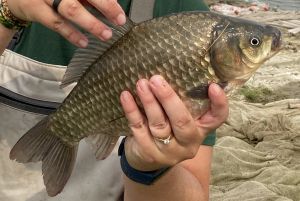 The Friends became aware of Prussian carp within the park in autumn 2020, when a concerned volunteer reported seeing a dozen people harvesting buckets of carp out of a Marshall Springs storm pond. Given that this appeared to be a highly coordinated effort, we believe that these fish were intentionally released here, to be fished out later for human consumption. Several times throughout the past year volunteers have witnessed all sizes of Prussian carp throughout the storm pond complex in Marshall Springs, as well as in beaver ponds below that eventually have subsurface connection to Fish Creek. During tree wrapping outings this summer, stewardship staff observed goldfish in another storm water pond near Midnapore, along with other minnows of unknown identity that may be carp as well. With dozens of ponds directing storm water from communities surrounding the park, and eventually draining into Fish Creek, we are a crucial link in the pathway for these invasive species to travel through the Bow River watershed. The Friends are advocates for spreading awareness of Alberta Environment and Parks’ and the Alberta Invasive Species Council’s “Don’t Let it Loose” campaigns, educating Albertans about avoiding illegal introduction of invasive species into water bodies. Photo courtesy of Nicole Kimmel.
The Friends became aware of Prussian carp within the park in autumn 2020, when a concerned volunteer reported seeing a dozen people harvesting buckets of carp out of a Marshall Springs storm pond. Given that this appeared to be a highly coordinated effort, we believe that these fish were intentionally released here, to be fished out later for human consumption. Several times throughout the past year volunteers have witnessed all sizes of Prussian carp throughout the storm pond complex in Marshall Springs, as well as in beaver ponds below that eventually have subsurface connection to Fish Creek. During tree wrapping outings this summer, stewardship staff observed goldfish in another storm water pond near Midnapore, along with other minnows of unknown identity that may be carp as well. With dozens of ponds directing storm water from communities surrounding the park, and eventually draining into Fish Creek, we are a crucial link in the pathway for these invasive species to travel through the Bow River watershed. The Friends are advocates for spreading awareness of Alberta Environment and Parks’ and the Alberta Invasive Species Council’s “Don’t Let it Loose” campaigns, educating Albertans about avoiding illegal introduction of invasive species into water bodies. Photo courtesy of Nicole Kimmel.
If you are interested in providing financial support or partner funding for this work, please contact Nic DeGama-Blanchet, Exective Director, at nic@friendsoffishcreek.org or 587-317-7104.
Thank you program supporters:
